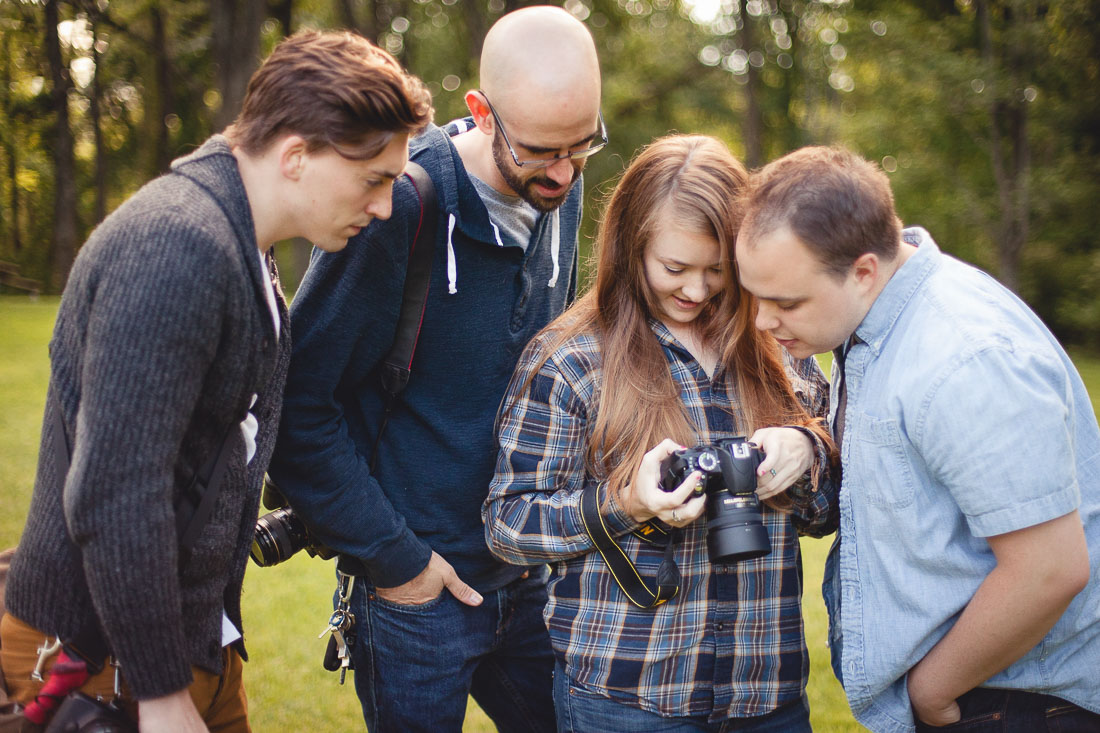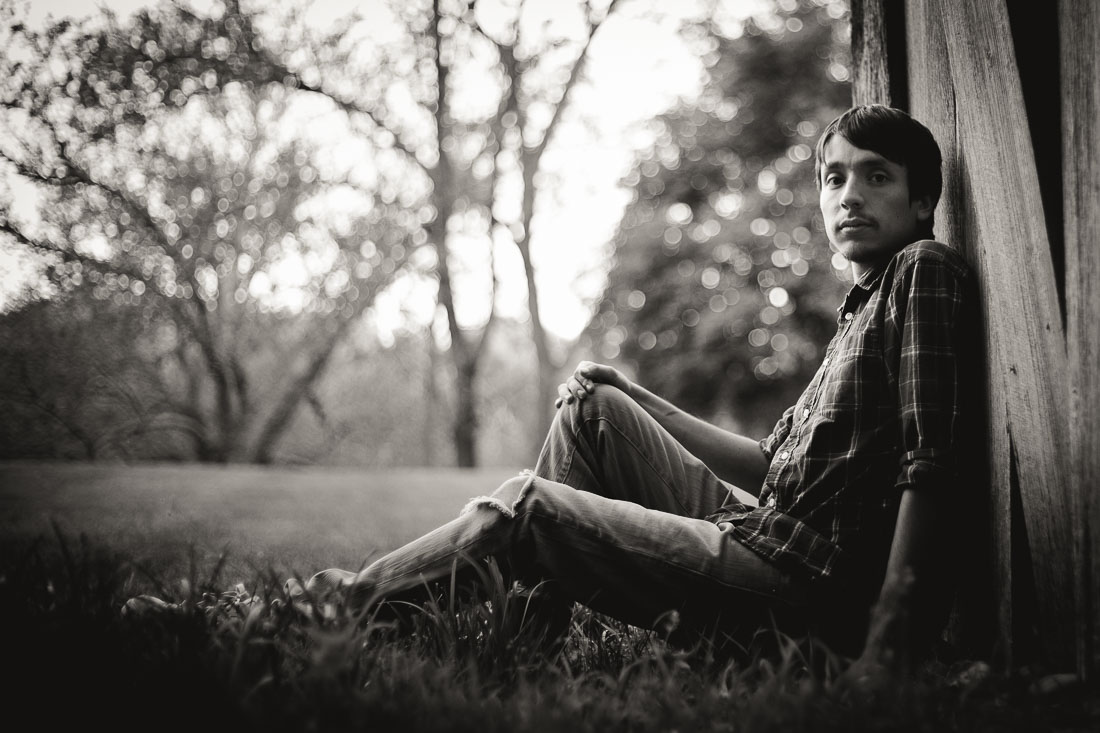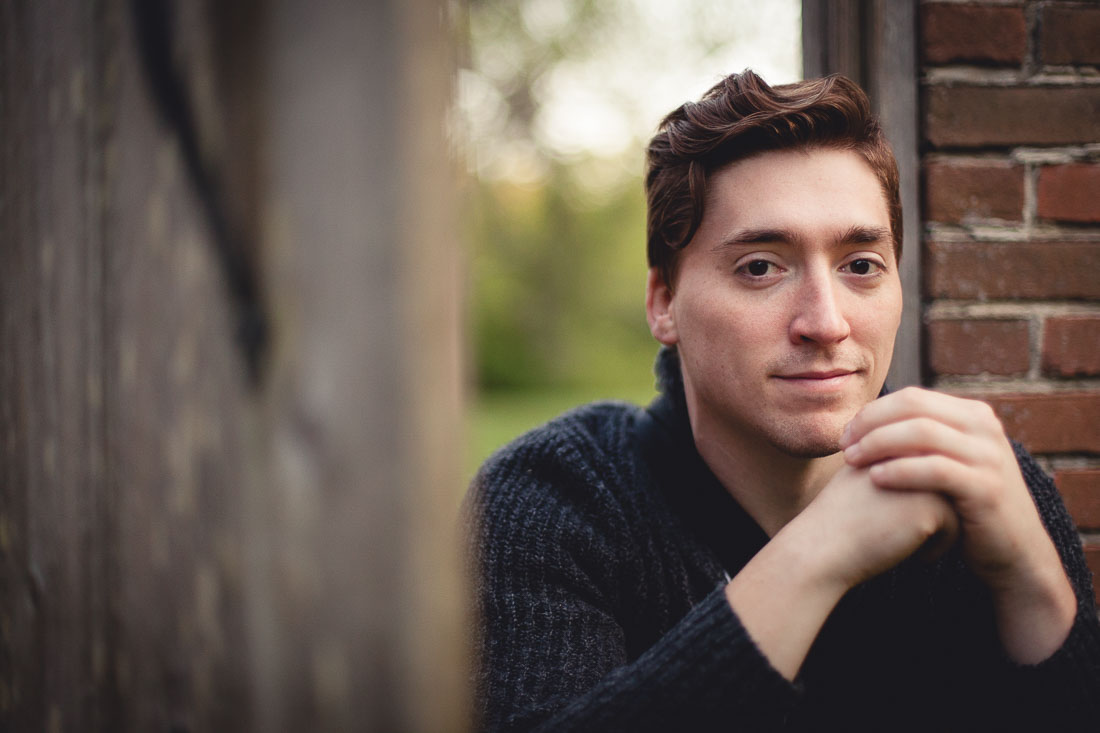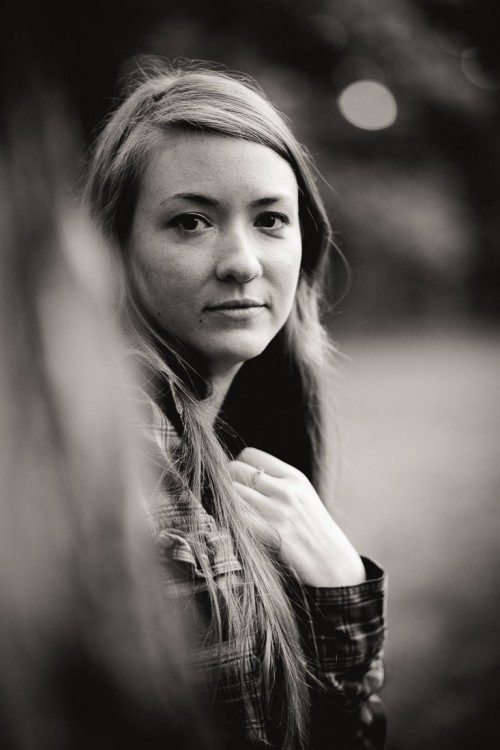When you first start learning how to pose people for photographs, it’s hard. Hard enough that a lot of cameras are collecting dust right now. In the beginning, learning to pose people either means a lot of awkward failed poses, or a lot of demoralizing memorization that still results in a lot of awkward failed poses. Creating beautiful poses is a skill you have to develop, but maybe more importantly it’s an intuition you have to develop. Now, if you were to spend a year memorizing poses and practicing them everyday, intuition is what you’d probably walk away with. You’d have figured out when it is and isn’t going to work, and the kinds of people it’d work for. But, wouldn’t it be great if you didn’t have to focus on memorization, and instead could go straight to developing intuition?

Photo by Felipe Sanchez
Here’s the thing, anything that has you practicing posing regularly is going to help develop your instincts. And memorization of poses isn’t inherently bad. But, the conditions for making a memorized pose work still need to be right and you still have to be able to make the calls correctly. There’s going to be a lot of failure in there and if there’s one thing most people’s budding interests don’t withstand well, it’s repeated failure.
The good news is, there are techniques you can use to help develop your intuition for posing right away, insulated from the frustration of memorization. I can’t guarantee these techniques will work for you, but they have worked for me and others and they’re worth a try.

Photo by Greg Ferko
Get a Photo Buddy and Pose for Each Other
Try and find a photo buddy to practice with. When you go out shooting with them, take turns creating poses behind the camera and expressing poses in front of the camera. All of the images in this article were captured during a shoot with photo buddies
This is valuable on a number of levels.
First, when you’re shooting, you get the benefit of practicing the technical elements of the gear and composition, as well as practice coming up with and delivering posing instructions. Second, when you trade places and are in front of the camera, you get the benefit of translating posing instructions into actual positions with your body. When you have to translate an instruction into a physical action, you become more keenly aware of what it means to explain that action. Translating posing instructions also helps to connect you with the various contexts that would support the motion and position of the pose, which will make you more confident as you develop your own ideas.
I know a lot of you will write this one off immediately since so many of us aren’t fond of being photographed. But try not to. Find someone you feel comfortable acting goofy in front of and give it a try. The learning effect can be powerful with consistent practice, and adding more photographers to the mix can help keep you from becoming too acquainted with one particular photographer’s instructions.

Photo by Felipe Sanchez
No Photo Buddies? Use a Mirror
Since a lot of you aren’t going to be up to posing for someone else’s camera, there’s another method. You can get a similar effect to working with a photo buddy by looking in the mirror and calling instructions out to yourself.
Using a mirror to help with your posing skill is effective in two clear ways. First, it helps you practice thinking up and phrasing instructions. And second, it helps to better connect the motions and positions in a pose to actual poses and motions in your body.
It’s not as effective as working with a photo buddy, and unfortunately you’re not going to be able to tell if your poses are working, but with consistency and practice, it will still help you to develop your posing intuition and make it much easier to learn while you’re out shooting.

Photo by Erik Hoffman
Pick a Part of the Body and Pay Attention to it for a Week
I want to make this perfectly clear up front, there’s a very high creepy-photographer risk with this suggestion. So, tread lightly and use tact generously if you open your mouth.
Have you ever noticed that when you get a new car, all of a sudden you see them all over the place? It’s a loose example of cognitive ‘priming’. The idea here is to prime your mind toward certain parts of the body. Pick a part of the body, the elbows or eyebrows for example, and try to focus on them in magazines, photos, tv, real life, and especially those attached to your own body. Start each day by looking in the mirror and saying “I am looking for elbows today”. Make special note of it each time you notice this part of the body, and quickly try to describe for yourself what position they’re in.
This helps develop posing skills by raising your awareness about the position of specific body parts. And, by describing the position to yourself, you begin to develop a sense of how to clearly communicate instructions.
Try to focus on just one body part for a whole week. Or, try to focus on that body part for as long as you can, until your mind just can’t help but start noticing some other body part.

Photo by Erik Hoffman
Ask Others to Describe How They Have Positioned Themselves
Like the last suggestion, this one also comes with a higher than usual risk for coming across as creepy. But, on the plus side, as long as you’re tactful, you can do this almost anywhere as long as you’re with people you know.
The idea is this, if the moment seems right and you feel comfortable with the person you’re speaking to, ask them to stop and describe how they have positioned themselves. Most people will say something vague like, ‘relaxed’ or ‘just leaning here’. Ask them to try and be specific–ask about their hands, arms, feet and spine.
If they remain vague, let it go. But if they give you an answer, you can learn a lot from how other people describe how they naturally position their bodies. This can give you insight into how to better phrase your own instructions.

Photo by William Petruzzo
Check in With Yourself, and Describe the Position of Your Body
If you’re uncomfortable asking someone else to describe the position of their body, you can get some similar benefits from just checking in with yourself.
This is only going to be beneficial if you can do it with some consistency. Here’s the idea: Pick a specific interval and set a timer on your smartphone. Each time the timer goes off, take a moment in your mind to describe to yourself how you’re positioned or moving. Better yet, if you’re by yourself, or don’t mind looking funny, describe how you’re positioned out loud.
This practice can help strengthen the connection in your mind between contexts, positions and motions. And, by describing them to yourself, especially out loud, you get practice with the language of instruction.

Photo by William Petruzzo
Conclusion
In developing skills at posing, practice is big. But, the underlying principle that makes that practice stick and turn into knowledge you can synthesize on your own, is awareness. Awareness of your own body, the bodies of others, the contexts, motions, positions and physical sensations associated with all of them.
Practice with your camera will be the best practice. But the emotional energy you need to get through the trials and errors–through the practice–may not be realistic. So practice without your camera too. Bring the development of your intuition out into the rest of your life so that practice with your camera can be more rewarding.





